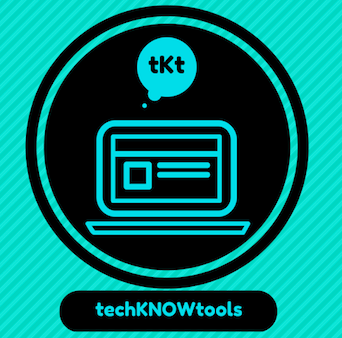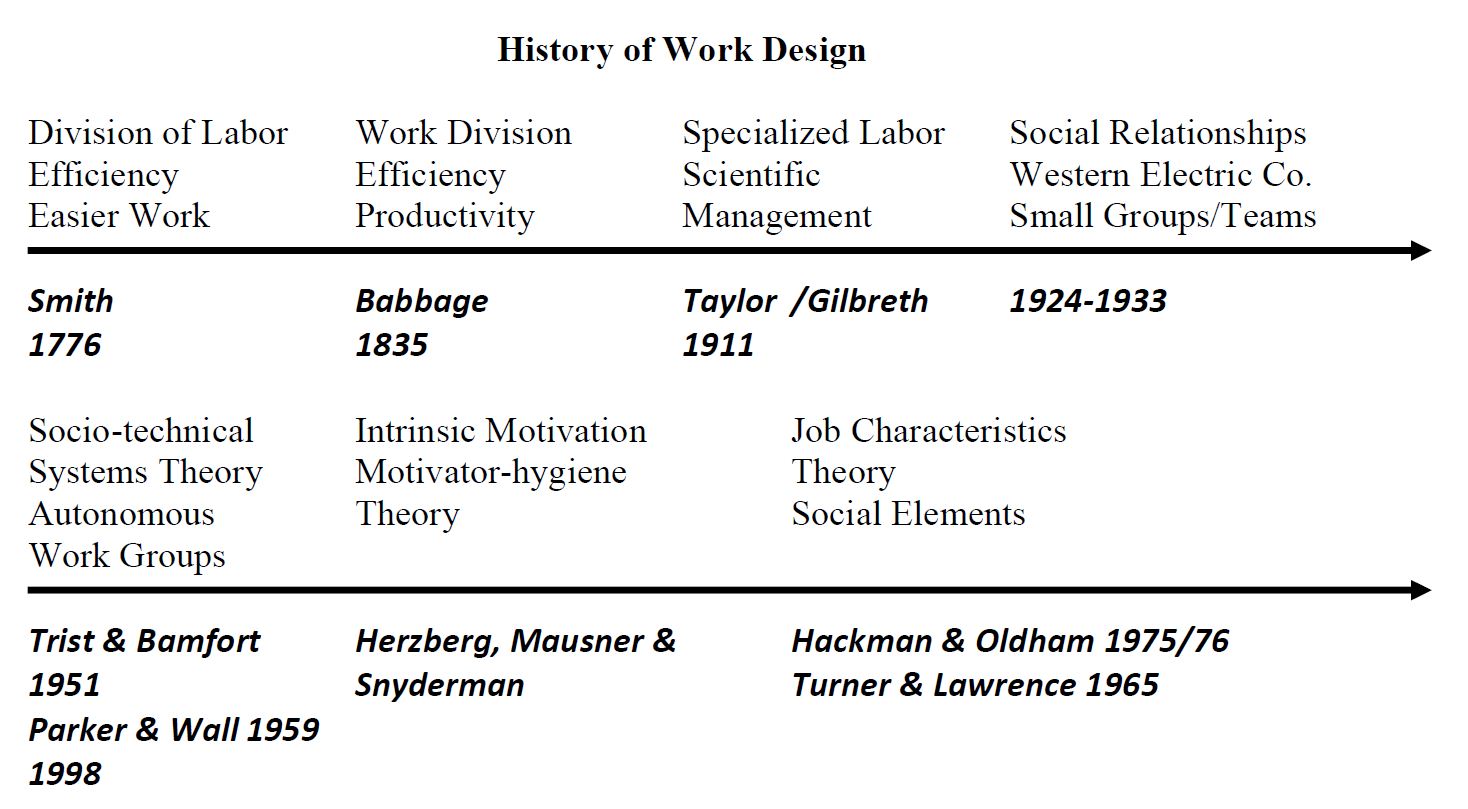The pandemic, inflation, and changes in our economy, has brought about so many challenges and changes to our lives. As work is a huge piece of that life pie, how and where it happens matters. Over the past few years, we may have been pushed into new ways of working. And much to our surprise and expectations, we’ve gone beyond what we thought we could do. Some things were in our control, and in other aspects of our work lives we might have had little to no agency. But, what would happen if we had a choice? What if we just took a beat to think about possibilities? What opportunities do you envision for your future self? What if we imagined what our future work and life looked like?
Borrowed from one of my favorite podcasters/writers/people, Manoush Zomorodi and her ZigZag Pod, I drafted a “future self” visioning exercise for my coaching clients and teams. I want others to think about the “what ifs” and future life they want to lead — and work is a big part of that vision.
Let’s pause today to daydream about what life looks like on the horizon. Grab a pen and paper, open a new document on your desktop or start a new note on your phone — we are going to do some quiet reflective writing. You might want to close your eyes and listen to the prompts and questions in this Future Self Visualization, to help you imagine what lies ahead.
Close your eyes and let’s picture yourself in the future. It’s exactly five years from now. It’s [insert MONTH] 2027. Imagine what your life is like. Picture what you WANT it to look like. We are going to walk through a typical work day. I want you to visualize what is happening, as I walk you through the following prompts and questions:
- You wake up: How are you starting your day?
- What’s the weather like?
- What are you wearing?
- Today you’re getting ready to go into the office for a team summit.
- Where are you going?
- How do you commute to work?
- What do you do when you get there?
- As you grab your favorite morning beverage to answer emails before the team meeting — you look around your office space. What does it look like? What do you notice?
- Going back to your “to do” list — What will be 1 or 2 things you prioritize today?
- Thinking about your role and the work you do: What is your job? What actions & verbs describe what you do?
- What’s something surprising about the work you do?
- What impact do you make in your organization?
- You walk into the conference room to meet your team: How do you engage with your colleagues? What are you contributing to this meeting? What is your role on the team?
- After some collaboration, discussion, brainstorming, and planning you end the day: What did you learn? What did you accomplish? What are you most proud of? What direction are you leading on this team?
- As you leave the office, you decide to do something you enjoy before you head home: What is that? What fun things do you have planned? What activities are you involved in? If this activity involves others, who do you meet?
Now open your eyes and take 3-5 minutes to write down a few bullet points of what you just visualized about your future self. What was interesting to you? What did you learn?
- What was interesting to you?
- What did you learn?
- What did you notice about your day?
- What are the verbs or actions you found yourself thinking about doing at work?
- What was interesting about your day?
- What are the projects, problems, or initiatives you are working on?
- What work activities and tasks make you feel alive?
- What are you proud of?
Feel free to write, doodle, job down bullet points, and capture ALL your thoughts, ideas and answers to these questions/prompts. Just write and reflect for as long as you can remember what you thought about in this visualization. Save this for later — we will talk about what you discovered in our next coaching session. See you soon!
What does your future self look like?
Want to debrief this future self exercise with me? Book a FREE coaching exploration session to learn more!









You must be logged in to post a comment.